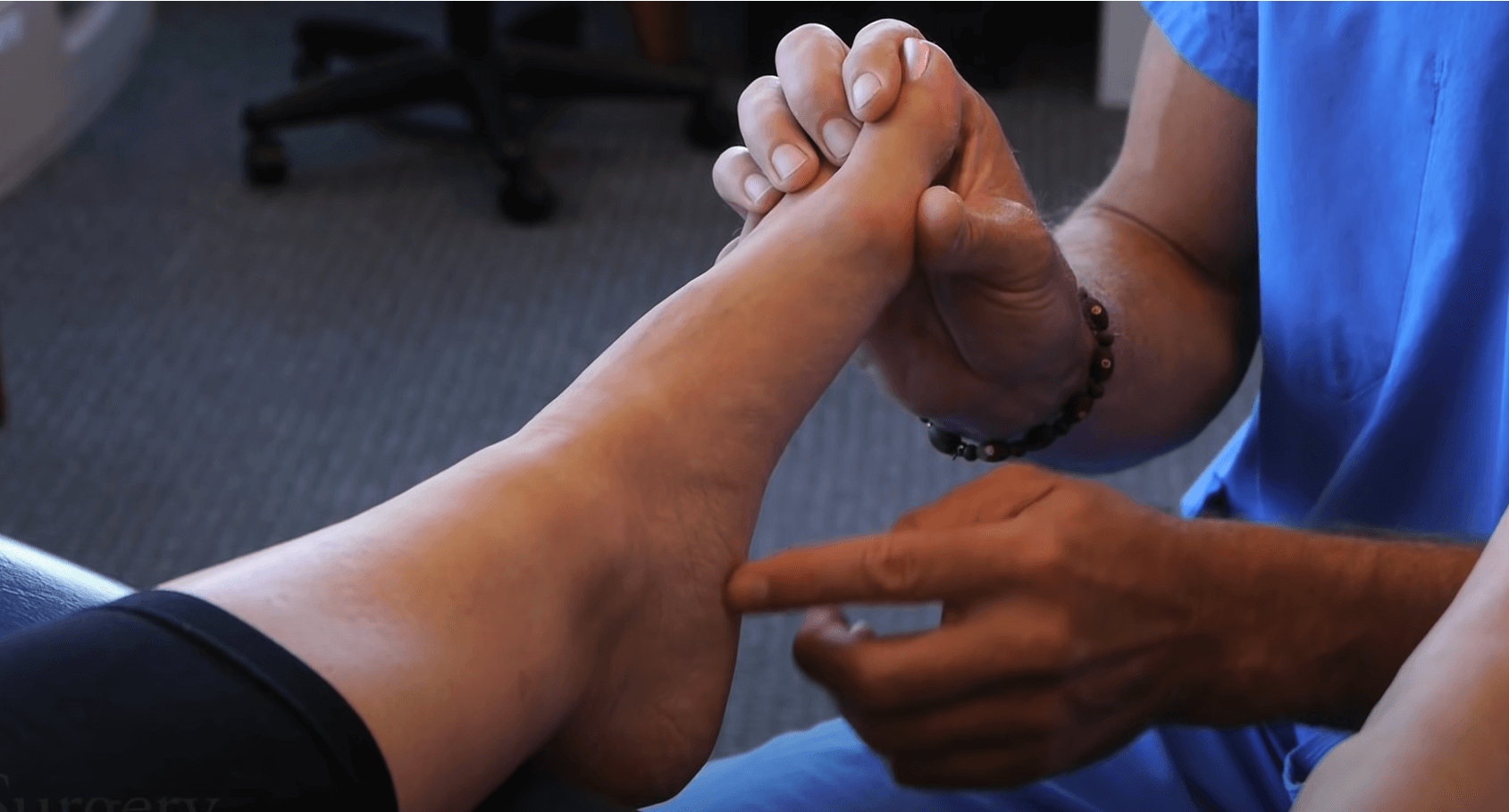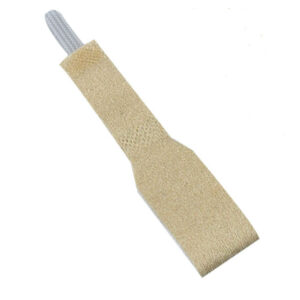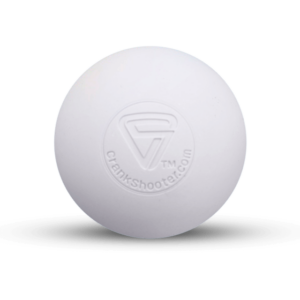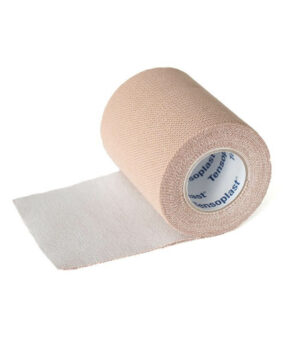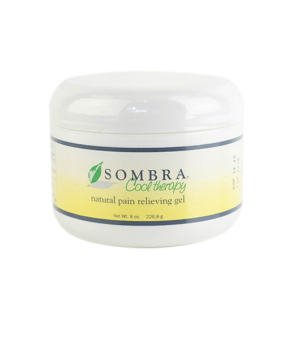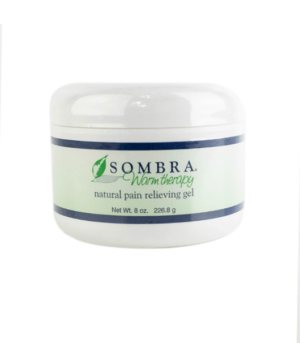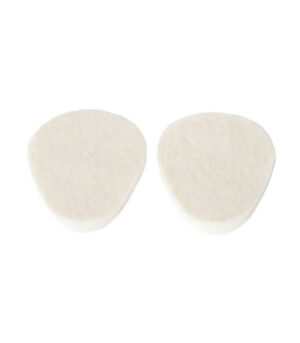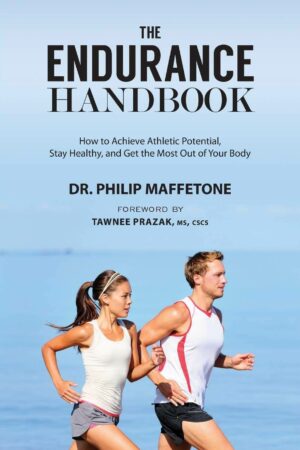Achilles Tendinitis
Your Achilles tendon is a strong cord made of fibrous connective tissue that attaches your calf muscle to your calcaneus, or heel bone. Your Achilles tendon is located at the lower end of your calf muscles, and it is the continuation of your gastrocnemius and soleus muscles. This tendon is one of the strongest tendons in your body and is essential for many performing occupational and recreational activities, especially athletic activities.
Condition Information
Achilles tendinitis is inflammation, swelling, and pain in your Achilles tendon. This health problem can affect any part of your tendon, though it most commonly manifests at the point where your Achilles tendon attaches to your heel bone or less than 1 inch above this point. Shoes that continuously rub on the back of your heel may irritate your Achilles tendon and heel bone, causing a condition known as traumatic Achilles tendinitis, or pump bump.
The pain and inflammation you experience with traumatic Achilles tendinitis can only be relieved by removing the cause of your inflammation: your shoes. Shoes that are too short in heel-to-toe length and shoes in which the heel counter—the rounded cup-shaped part of your shoe that covers the back of your heel—does not match the shape of your heel may cause a pump bump. Excessive motion of your heel bone during walking and other activities may also be a factor in causing this health problem. Examine the inside of your shoe’s heel counter to see if the material at the back of your heel is worn away.
Causes and Symptoms
Achilles tendinitis, though commonly caused by the use of inappropriate footwear, may be caused by numerous factors. And this health problem is seen in people with different foot types. Some of the most common causes of (or factors that contribute to) Achilles tendinitis include:
- A rapid increase in training volume among runners, walkers, and other athletes
- A sudden increase in training intensity
- A rapid transition from running shoes with heel elevation to racing flats or spikes
- Tight calf muscles
- Arthritis and bone spurs (more common among middle-aged individuals and seniors)
Achilles tendonitis caused by a rapid increase in your training volume or intensity is called overuse Achilles tendinitis. Transitioning too quickly from shoes with heel elevation (including running shoes and high heels) to shoes with little heel elevation may cause Achilles tendinitis because your Achilles tendons have to stretch up to 1 inch, due to the contraction of this tendon that occurs from the prolonged use of high-heeled shoes. The stretching forces that your Achilles tendon experiences in this scenario are often sufficient to cause inflammation and other tendinitis-related signs and symptoms.
Common signs and symptoms associated with Achilles tendinitis include:
- Pain and stiffness along your Achilles tendon that is worse in the morning and with activity
- Extreme pain in your affected area the day following exercise
- Achilles tendon thickening
- Chronic, or long-term, swelling in or around your Achilles tendon
- Bone spurs in your affected area
- Observable changes in your gait
Treatment
Conservative treatment of Achilles tendinitis usually involves PRICE: Protection, Rest, Ice, Compression, and Elevation.
- Protection: Protect your Achilles tendon from shoes that rub against it.
- Rest: Avoid the activities that caused the inflammation until all signs of inflammation are gone.
- Ice: Ice your inflamed area for six to 10 minutes, several times per day.
- Compression: Compress your swollen area with an ACE (all cotton elastic) wrap or ankle brace.
- Elevation: Elevate your injured tendon above your heart to help decrease your swelling.
Calf and Achilles tendon strengthening exercises may also be helpful in treating tough cases of Achilles tendinitis. These exercises involve dropping your heels lower than your forefoot, which causes your Achilles tendon to contract yet simultaneously elongate. This type of muscle contraction is called an eccentric contraction. You can add more weight (handheld weights or barbells) to increase the intensity of your Achilles stretch as you get stronger. An athletic trainer or physical therapist is an excellent resource for help with this treatment.
Traumatic Achilles tendinitis (pump bump) usually responds to appropriate footwear changes. Consider switching to backless shoes or sandals that place no pressure on your affected area. Once your tissues heal and your Achilles tendinitis disappears, you will need to have your shoes and boots professionally fitted to prevent a recurrence of this painful problem.
Achilles tendinitis is a serious health problem and should be treated immediately to help avoid health complications. Achilles tendinitis, if left untreated, may lead to prolonged pain and inflammation and scar tissue formation. Scar tissue can decrease your Achilles tendon’s flexibility and increases your likelihood of experiencing a complete rupture (the tearing of your Achilles tendon away from your heel bone or into two pieces).




